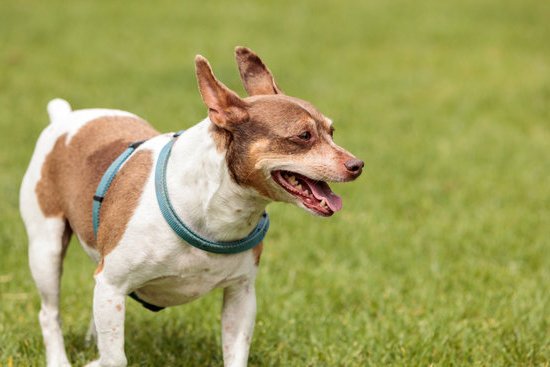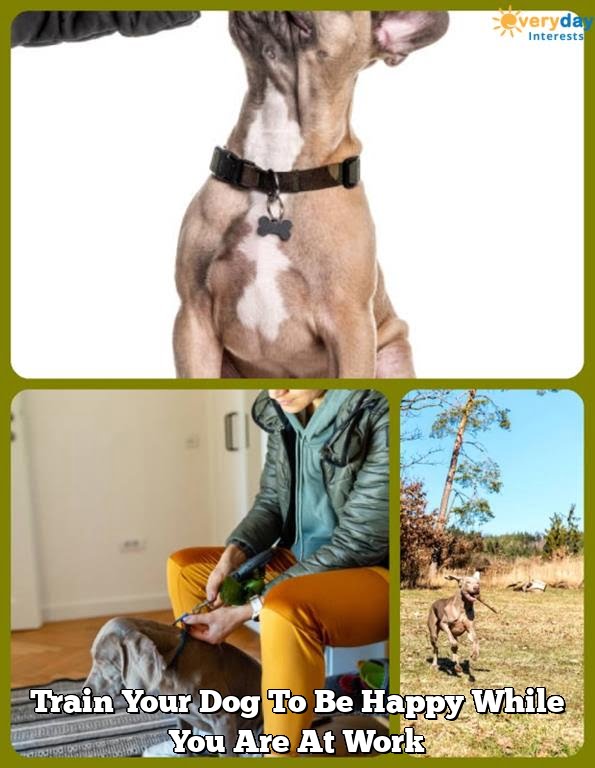When you have to leave your dog at home during the day, one of the best ways to keep them safe and happy is to crate train them. A crate provides your dog with a safe, cozy place to sleep and relax, and it can also help with potty training.
The key to successful crate training is to make the crate feel like a safe and comfortable place for your dog. Start by putting a soft blanket and a few toys in the crate. When your dog is comfortable going in and out of the crate, you can start using it as a place to leave them during the day.
If your dog is hesitant to go in the crate, start by feeding them their meals inside the crate. Once they’re comfortable eating inside the crate, gradually start closing the door for short periods of time. As your dog gets used to being in the crate, gradually increase the amount of time they spend inside.
If your dog has an accident in the crate, don’t punish them. Just clean up the mess and start again with shorter periods of time. Crate training can be a slow process, but it’s well worth it in the end. With a safe, comfortable place to relax, your dog will be much happier when you have to leave them at home during the day.
Do Dogs Have To Be Crate Trained
?
The answer to this question is a resounding “it depends.” Some dogs take to crates like ducks to water, while others require a bit more training. The key is to start crate training early and make sure your dog sees the crate as a positive place.
The crate can be a great place for your dog to relax and feel safe. It can also be a useful tool for house training and preventing destructive behavior.
If you’re unsure whether your dog needs to be crate trained, consult with your veterinarian or a qualified dog trainer.
How To Crate Train Dog
There are many reasons why you might want to crate train your dog. Perhaps you need to housetrain your dog, or you need to transport your dog in a car and want to make sure he’s safe. Crate training can also be a helpful tool for preventing destructive behavior when you’re not able to keep an eye on your dog.
The first step in crate training is to get your dog used to the idea of being in a crate. Start by putting the crate in a room where your dog spends a lot of time, such as the family room. Put some of your dog’s favorite toys and treats in the crate, and let your dog explore it. Praise your dog when he goes into the crate and give him a toy or treat.
Once your dog is comfortable going into the crate, you can start using it as a training tool. Whenever you catch your dog engaging in a bad behavior, such as chewing on furniture, say “no” and immediately put him in the crate. If your dog is barking or whining in the crate, don’t let him out until he’s quiet. Once he’s been quiet for a few minutes, let him out and praise him.
It’s important to be consistent with crate training. If you only use the crate when you’re angry with your dog, he will start to associate the crate with punishment and will be less likely to respond to it positively.
How Long Does It Take To Crate Train Your Dog
?
Crate training a dog can be a fun and beneficial experience for both the dog and the owner. It can be a relatively quick process, or it can take a little longer, depending on the dog’s personality and how much time you are able to devote to the training.
The first step in crate training a dog is to get the dog comfortable with the crate. You can do this by putting a soft blanket or towel in the crate, and putting the dog’s food bowl inside. Let the dog eat and sleep in the crate for a few days, until the dog is comfortable going in and out of the crate on its own.
Once the dog is comfortable with the crate, you can start training it to go into the crate on cue. say “crate” and put the dog in the crate. Give it a treat when it goes into the crate, and praise it for being a good dog. As the dog gets better at going into the crate on cue, you can start making the cue shorter and shorter, until the dog is going into the crate automatically when you say the word.
The final step in crate training a dog is to teach it to stay in the crate for a period of time. Start by putting the dog in the crate for a minute or two, and then increase the time by a few minutes each day. Once the dog can stay in the crate for a long period of time, you can start using the crate as a place to leave the dog when you’re not home.
How Do You Crate Train A Dog With Separation Anxiety
?
Many dogs experience anxiety when their owners leave them alone. This can manifest in a variety of destructive behaviors, such as chewing, scratching, and urinating. Crate training is an effective way to manage separation anxiety in dogs, as it provides them with a sense of security and limits their opportunities for destructive behavior.
The first step in crate training a dog with separation anxiety is to acclimate them to the crate. This can be done by placing the crate in a busy, high-traffic area of the house and feeding the dog their meals inside the crate. Once the dog is comfortable going into the crate, you can begin using it to manage separation anxiety.
When you leave the house, put the dog in the crate and give them a chew toy or bone to keep them occupied. You can also leave a radio or television on to provide some noise and distraction. If the dog starts to whine or bark, wait until they stop before letting them out of the crate.
It may take a few days or weeks for the dog to get used to the crate, but with patience and consistency, the anxiety will eventually subside.

Welcome to the blog! I am a professional dog trainer and have been working with dogs for many years. In this blog, I will be discussing various topics related to dog training, including tips, tricks, and advice. I hope you find this information helpful and informative. Thanks for reading!





